In a major leap for India’s human spaceflight ambitions, the Indian Space Research Organisation (ISRO) has started training the next batch of astronauts using AI-assisted simulation systems at its Bengaluru and Hyderabad facilities.
The advanced training model — powered by machine learning, haptic feedback, and neural motion tracking — aims to prepare astronauts for extreme conditions during the Gaganyaan mission slated for 2026.
The system is India’s most sophisticated human–AI collaboration in space preparation yet.
Bengaluru, October 23 —
At a silent training bay inside ISRO’s Human Space Flight Centre (HSFC), four astronaut trainees float in zero-gravity simulation pods, guided by AI-driven virtual assistants.
Monitors track every heartbeat, blink, and micro-motion — teaching them to respond not only to the unexpected, but to the impossible.
Welcome to the future of Indian spaceflight — where artificial intelligence meets human resilience.
“AI is our new co-pilot in training,” said Dr. S. Unnikrishnan Nair, Director of the Vikram Sarabhai Space Centre (VSSC).
“It doesn’t replace instinct, but refines it.”
1. The Mission That Defines a Generation
The Gaganyaan Mission, India’s first manned space mission, aims to send three astronauts to low-Earth orbit (LEO) at an altitude of 400 km for three days.
This historic journey will make India the fourth nation after the U.S., Russia, and China to independently send humans into space.
The current training phase, launched this week, includes the second batch of astronaut candidates, drawn from the Indian Air Force and Defence Research organisations.
“Every launch starts with discipline — not countdowns,” said ISRO Chairman S. Somanath.
“These astronauts are being trained not just to survive, but to think like the machine that carries them.”
2. The AI Simulation Revolution
At the heart of this new training model is ISRO’s proprietary AI-driven simulation environment called “VyomNet.”
Developed with the Indian Institute of Science (IISc) and DRDO’s Aeronautical Systems Lab, VyomNet uses reinforcement learning to generate millions of real-time scenarios — from orbital corrections to cabin decompression emergencies.
It records human reaction patterns, physiological stress data, and decision latency to personalise learning for each astronaut.
“AI learns from every breath they take,” said Dr. Ritu Karidhal Srivastava, Mission Director for Gaganyaan.
“It’s like having an invisible mentor inside the capsule.”
3. What Makes VyomNet Unique
Unlike traditional simulators that replay pre-programmed emergencies, VyomNet’s AI model creates dynamic, unscripted events.
Example:
- A thruster failure followed by unexpected solar flare interference.
- Microsecond delays introduced to test reflex adaptation.
- Randomised communication blackouts for psychological stress evaluation.
This ensures that no two training sessions are ever identical, mirroring the unpredictable environment of space.
4. Training in Partnership with AI
Astronauts wear AI-linked exosuits that monitor:
- Cardiovascular signals,
- O₂–CO₂ balance,
- Cognitive load (through EEG sensors), and
- Eye-tracking for situational awareness.
The AI system provides real-time feedback through a voice interface named “Mitra.”
It alerts them when their pulse spikes, or decision-making slows — teaching them to regain control under pressure.
“It’s not just muscle training — it’s mind engineering,” said Squadron Leader Prashant Tiwari, one of the trainees.
“Mitra pushes us harder than gravity ever could.”
5. Collaboration with DRDO and HAL
The training architecture is a joint initiative between ISRO, DRDO, and Hindustan Aeronautics Limited (HAL).
DRDO contributes the life-support and biomedical systems, while HAL provides cockpit integration and dynamic pressure modules.
The AI analytics dashboard, meanwhile, runs on BharatAI Cloud, a secure national server ensuring data sovereignty.
“For the first time, an astronaut’s entire cognitive fingerprint is being mapped in India,” noted Dr. Tessy Thomas, Director General of DRDO’s Aeronautical Division.
6. Lessons from the First Batch
The first group of four astronauts, trained in Russia in 2020, underwent classical human-based instruction — focusing on physical endurance and cockpit familiarity.
However, ISRO scientists felt that automation awareness and AI adaptability were missing from the syllabus.
The new program corrects that gap.
Now, every motion, command, and physiological variable is tracked — allowing AI to predict fatigue before humans feel it.
7. The Global Context
NASA uses its Integrated Mission Simulator (IMS) and AI Stress Response Matrix,
ESA has Astronaut AI Tutors (AAT),
but India’s VyomNet is the first to integrate emotional mapping and adaptive difficulty modulation.
“It’s an AI that grows with the human — not against them,” said Dr. R. Umamaheswaran, ISRO’s Director of Human Spaceflight Strategy.
8. Inside the Training Regimen
The 18-month training cycle is divided into:
- Physical Endurance & Survival Training – Conducted in Karwar and Leh.
- AI Simulation & Microgravity Familiarisation – Conducted in Bengaluru.
- Underwater Neutral Buoyancy Tests – To simulate zero gravity.
- Emergency Response Training – Using VyomNet-generated unpredictable scenarios.
- Capsule Egress & Landing Recovery – Led by the Indian Navy at Vizag.
AI continuously learns from the astronauts’ biometrics, optimising future sessions.
9. Psychological Conditioning
The AI assistant “Mitra” can detect signs of stress or disorientation.
If an astronaut exhibits abnormal heart rate variability or delayed response, Mitra triggers relaxation sequences — dimming cabin lights, lowering auditory stimuli, or switching to breathing guidance mode.
“It’s almost like being inside a living spacecraft,” said Wing Commander Neha Sharma, one of India’s first women trainees in extended mission simulation.
10. India’s Strategic Leap
The AI-assisted Gaganyaan training system gives India a strategic edge not only in space research but also in defence preparedness.
The algorithms developed for pilot fatigue detection and AI-driven decision support can later be integrated into the Indian Air Force’s advanced fighter programs.
“Space is the mother of all technologies,” said Defence Minister Rajnath Singh.
“When ISRO innovates, the whole ecosystem rises.”
11. Beyond Gaganyaan: The Long-Term Vision
ISRO plans to reuse VyomNet’s AI framework for:
- Space tourism modules,
- Lunar habitation simulations, and
- Mars mission planning under Project Bharati.
By 2030, India aims to develop a fully autonomous crew-capsule AI capable of navigation and decision-making without ground command.
“The next step is human–AI co-command,” said Dr. Somanath.
“We’re training for that reality today.”
12. Data Privacy and Ethics
ISRO confirmed that all physiological and psychological data collected from astronauts are encrypted and anonymised.
The AI operates under strict ethical guidelines reviewed by the National AI Ethics Board.
“When intelligence is artificial, ethics must be real,” noted Dr. Ajay Kumar, Chief AI Scientist, ISRO.
13. Industry and Academia Involvement
Private companies like Tata Advanced Systems, Tech Mahindra, and Infosys AI Labs have contributed machine learning frameworks and cognitive analytics.
Universities including IIT Kanpur, IISc Bengaluru, and BITS Pilani are co-developing training simulations.
“We’re turning space training into an ecosystem — not an institution,” said ISRO Scientist Dr. M. Vanitha.
14. International Collaboration
The European Space Agency and France’s CNES have expressed interest in adopting India’s AI model for astronaut cognitive analysis.
Negotiations for joint AI space safety protocols are underway under the Indo-French Space Cooperation Agreement.
15. Voices from Within
Inside the training module, astronauts describe the AI not as a machine, but as a mentor.
“It listens when you panic.
It adapts when you fail.
It never scolds, but it never forgets,” said Squadron Leader Rahul Jaiswal.
Their feedback becomes training data — meaning each astronaut makes the next one better.
16. The Role of Women in the Mission
The second phase of training also includes India’s first female astronaut candidates, symbolising inclusion and progress.
ISRO confirmed that one woman astronaut is expected to be part of the 2027 extended mission.
“AI doesn’t see gender, only skill,” said Dr. Ritu Karidhal.
“And that’s the equality we’ve always wanted.”
17. Testing Indian Hardware
The AI simulation will soon integrate with ISRO’s indigenous Crew Escape System (CES) and environment control units.
Each training session feeds stress data into mechanical calibrations, helping engineers fine-tune future spacecraft design.
This feedback loop between AI, astronauts, and engineers creates what ISRO calls a “living mission.”
18. Gaganyaan’s Symbolism
For India, Gaganyaan is more than a mission — it’s a statement of self-reliance.
Every component — from propulsion to AI analytics — is Made in India.
It embodies the Atmanirbhar Bharat spirit in the realm of space.
“It’s India’s handshake with infinity,” said Dr. Tessy Thomas.
“And this handshake is powered by intelligence — human and artificial.”
19. Countdown to 2026
The first uncrewed Gaganyaan test flight is expected in mid-2025, followed by a manned mission in 2026.
Before that, AI-assisted training will simulate 10,000 virtual missions, covering every possible failure scenario.
Each success, each error, and each heartbeat will refine the algorithms that will one day guide India’s first citizens into orbit.
20. Conclusion: Humanity Meets Machine
As the lights dim at the Bengaluru training bay, the AI’s soft voice echoes in the capsule:
“Trust the system. Trust yourself.”
In those words lies India’s new frontier — a partnership between man and machine, between courage and code.
The Gaganyaan mission isn’t just a journey beyond the stratosphere — it’s proof that when human ambition and artificial intelligence move together, gravity itself begins to lose its grip.
#ISRO #Gaganyaan #AIAstronautTraining #SpaceIndia #ArtificialIntelligence #HumanSpaceflight #SarhindTimes #Innovation
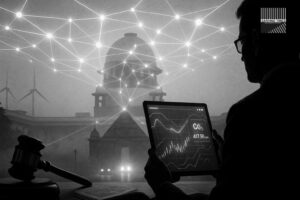
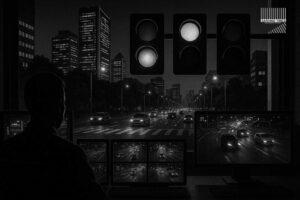
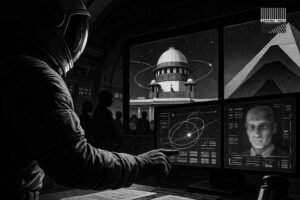


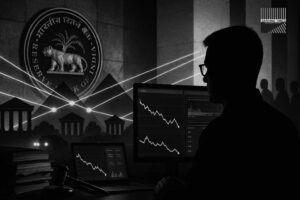






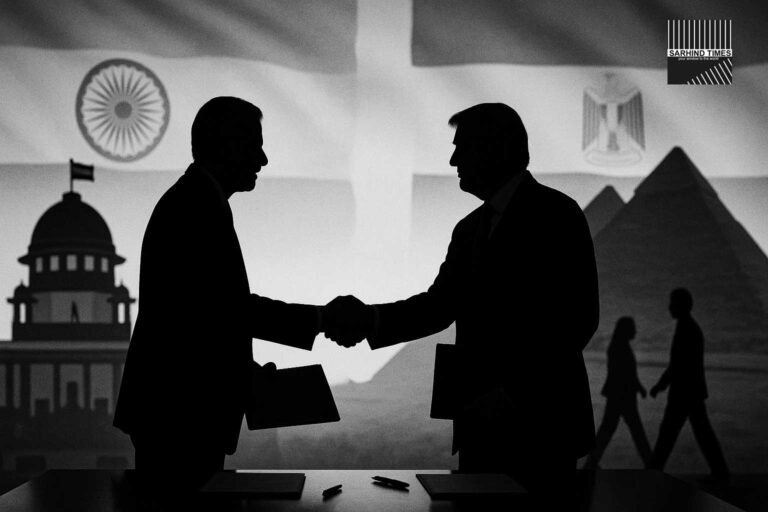
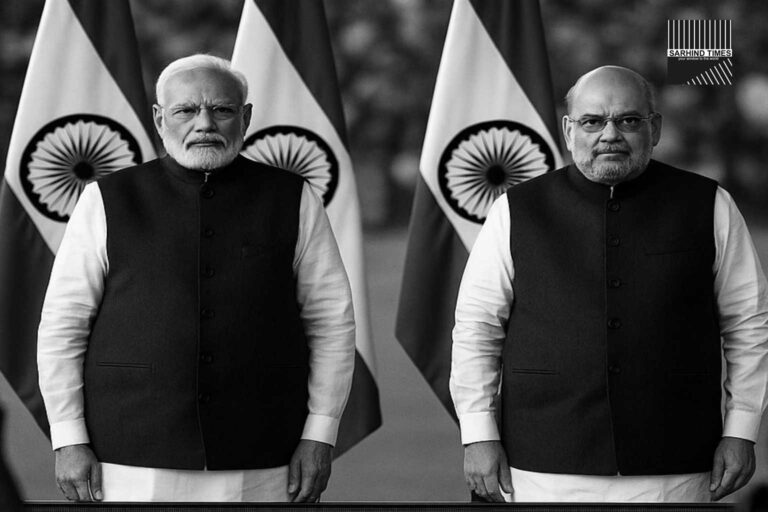
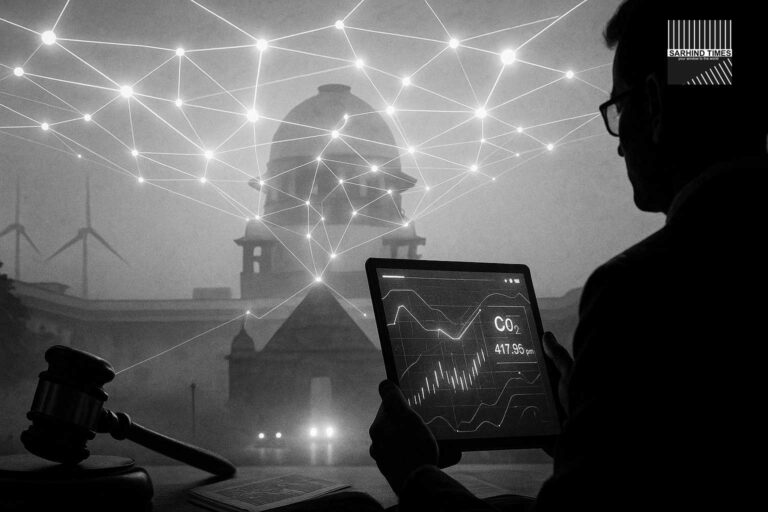
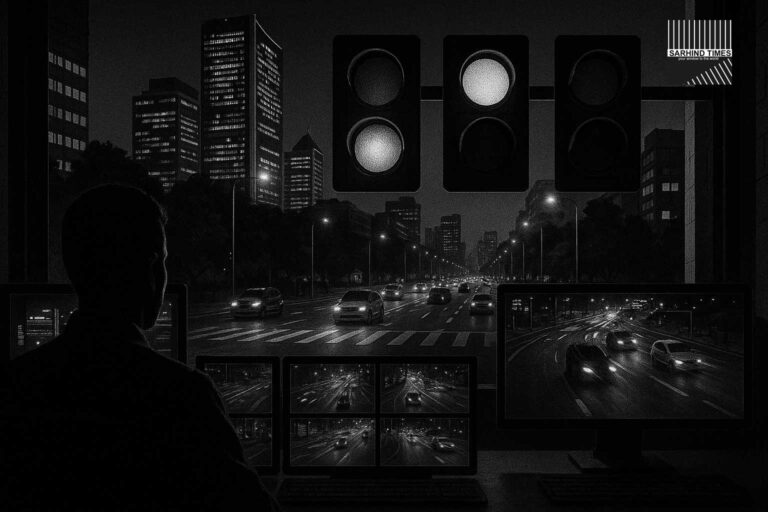
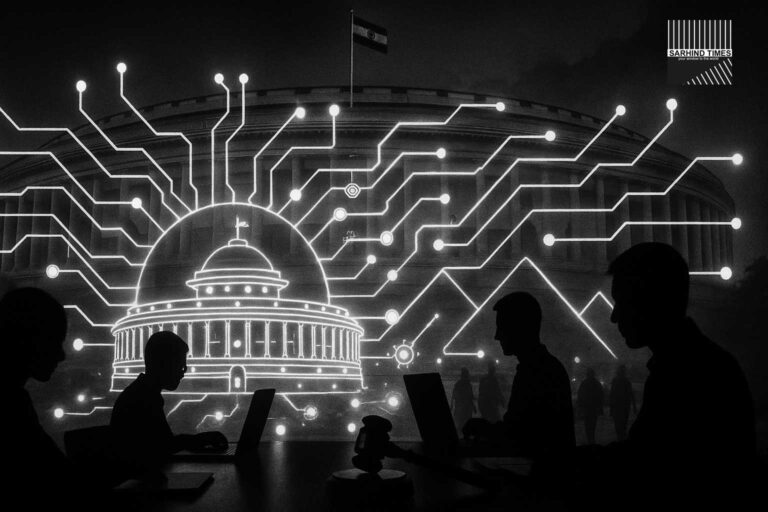
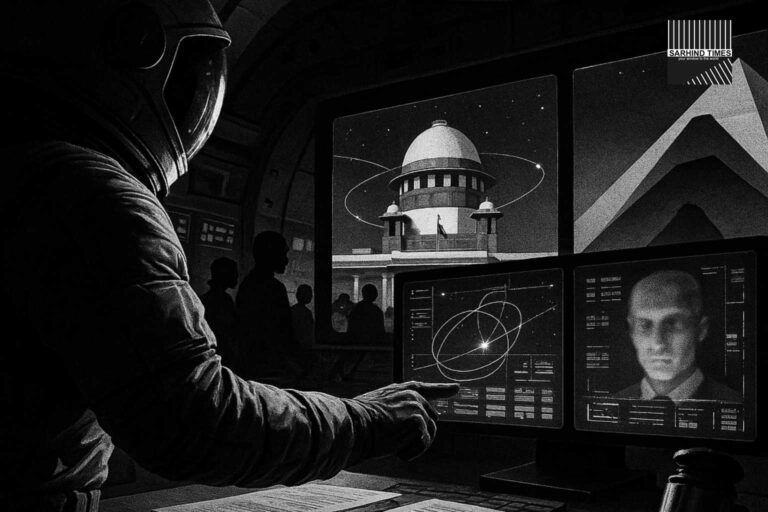
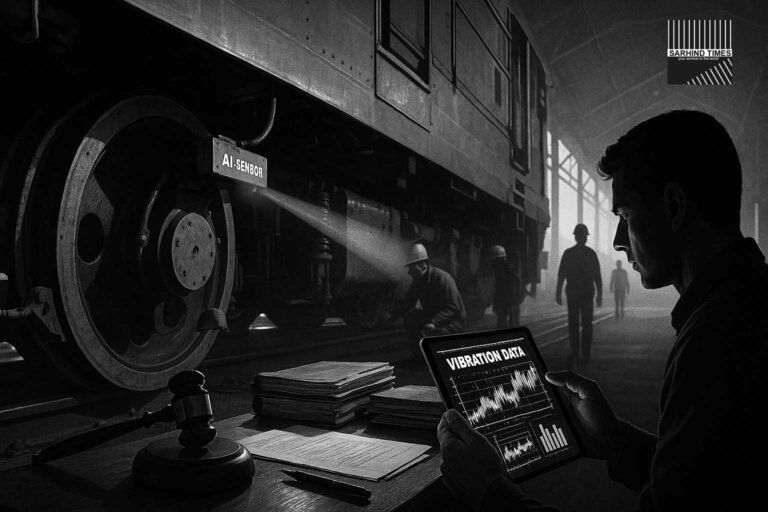
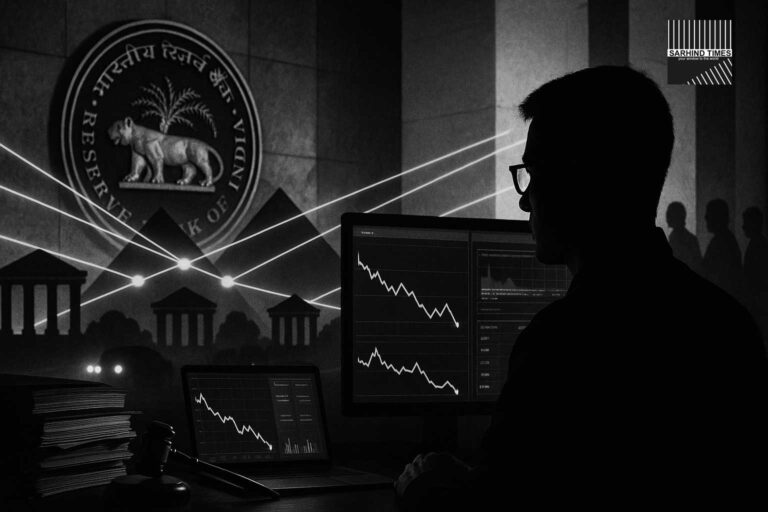
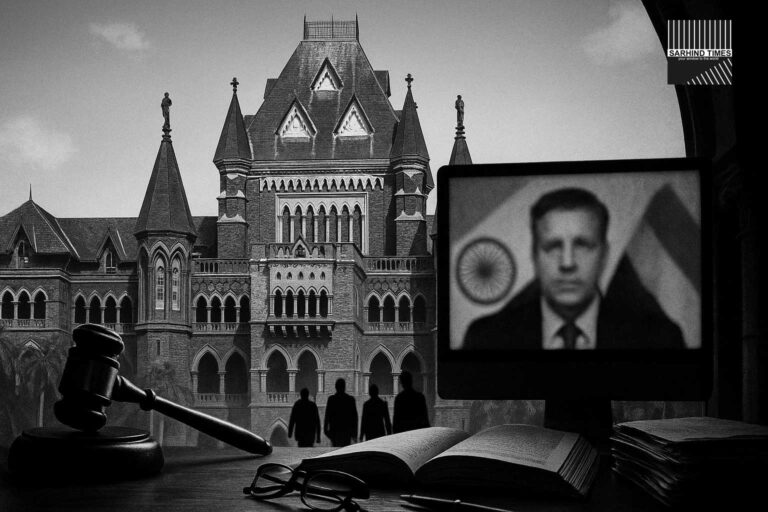
+ There are no comments
Add yours